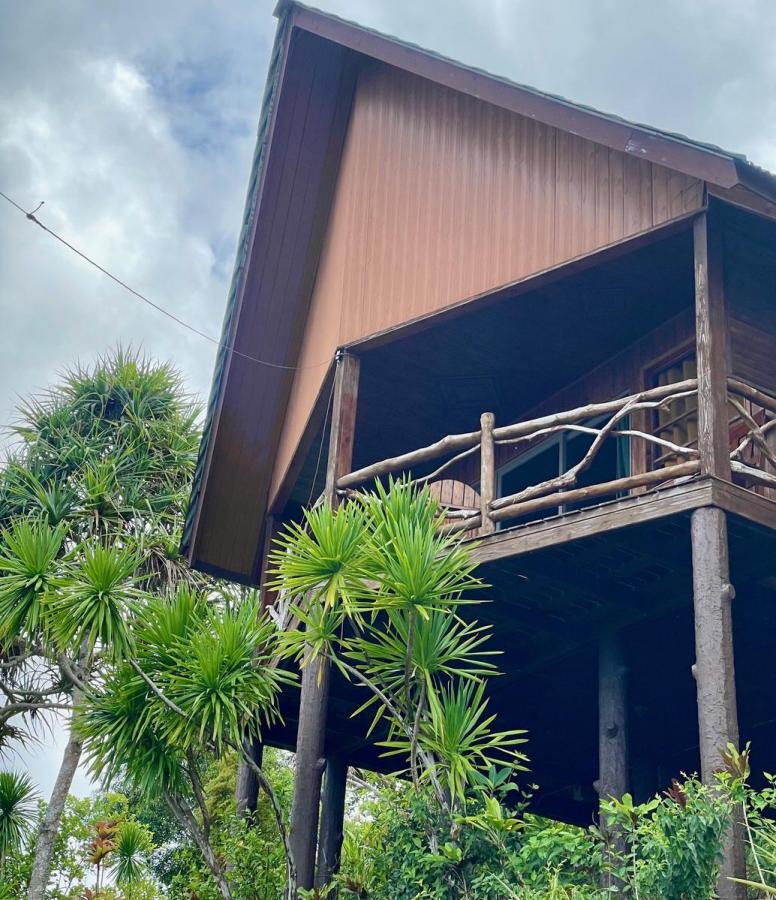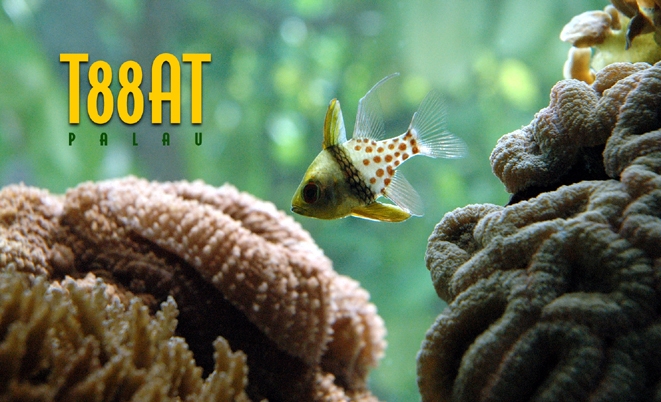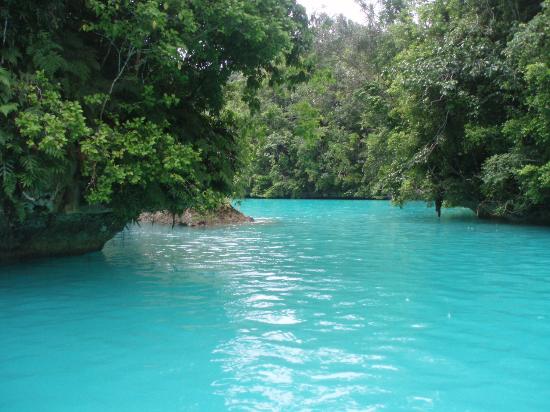KQ2I is currently active from Palau as T88AT.
He is active mostly CW, using Elecraft KX3 transceiver.
Recent DX Spots T88AT
QSL via home call direct only.
QTH - Arakabesan Island, IOTA OC - 009.
Palau - a slice of paradise in the Pacific Ocean!
Geographical details for true lovers of paradise!
Palau has been called a miniature state without borders. In fact, the state consisting of 328 islands with a total area of 458 kilometers and a length of 657 kilometers, all borders are maritime.
The state of Palau is the western section of the Caroline Islands, washed from the north by the Philippine Sea, the second deepest and largest of all seas. The scattering of atolls (coral islands) was formed by coral over thousands of years layered on the extinct craters of underwater volcanoes. Three powerful ocean currents provide plenty of food for the many inhabitants of the underwater world and allow this unique ecosystem to thrive.
The favorable location of the archipelago has protected the islands from typhoons, for which the Pacific Ocean is famous. The climate of the microstate is tropical. The most comfortable time for rest is from the end of October to June inclusive. During the day the air warms up to +24-29°C. At night up to 23-25°С. Water temperature does not go below 25°C. July-August-September are characterized by showers, tropical cyclones. At the height of summer it is humid and stuffy rather than cool. Although even bad weather is not a hindrance for thrill-seekers.
Most of the islands are small and uninhabited. It has a population of just over 20,000 people who live mainly on Balebdaob, Koror, Peleliu and Angaur. This has allowed the entire ecosystem to remain pristine and unspoiled by human labor. And has made Palau a benchmark of natural beauty on Earth. Connoisseurs of peace and quiet, diving and fishing enthusiasts flock here from all corners of the world to feel like true discoverers.

Wonderland is real!
Palau is a true paradise with picturesque palm trees, rare exotic flowers and plants, animals, birds and sea creatures. Beach lovers will find here clean and well-groomed, glowing from the whiteness of the sand beaches. Transparent water makes it possible even in shallow water to easily see the amazing sea creatures, without fear of scurrying near the shore.
One can only marvel at how such a tiny country has accommodated so many wonders:
- colorful from the abundance of corals (more than 700 species) natural tunnels under the islands
- Underwater and above-water caves with an abundance of different creatures
- steep vertical walls of coral reefs.
- around which huge schools of unusual fish, barracudas, sharks, of which there are more than 1500 species, pass literally in front of your nose.
It is not by chance that CEDAM (International Organization of Marine Researchers and Environmentalists) declared Palau one of the "Underwater Wonders of the World".
 Palau T88AT QSL.
Palau T88AT QSL.
Where to begin contemplating the wonders of paradise?
Palau is made up of 16 states. The largest of them is the island of Koror with small islets around it. On it there is the former capital and the current economic center - Koror city, where 10700 people live.
Here is located the main attraction of Koror - the National Museum of the country. In the funds of the museum you can see the head of the largest, five-meter crocodile caught in the local water area. On the southern side of the coast is the famous Candelabra Cave, named so because of the stalactites hanging from the top, similar to candelabras. The cave consists of 5 halls. To get into it, you have to descend to a depth of 14 meters. Thanks to air pockets from the passages, you can breathe calmly, without a regulator.
It is worth visiting the International Coral Reef Research Center, where you can learn about the history of the formation of islands, their structure and learn details about local marine life. The center is also engaged in the cultivation and observation of the huge mollusk tridacna.
Fans of sunken military equipment and weapons will not be left idle. Since the Second World War, there are ships and airplanes buried at the bottom, which can be examined in detail by divers interested in military history. One of them is a military dry cargo ship "Iro-Maru", which did not bring to the destination of machine tools, which are still at a depth of 40 meters in the ship's holds along with barrels of fuel oil.
Near Anguar Island is an old lighthouse built by the Japanese, which you can visit and experience a breath of the past.
Near Ngemelis Island, thrill-seekers can try their hand at the Blue Corner coral bank, which drops steeply into the sea. The water pressure from ocean currents attracts swarms of fish and reef sharks to the upper plummet, constantly scurrying around the edge of the steep walls, so it is recommended to dive together with experienced divers.

The famous Blue Holes are not inferior in the sharpness of sensations. 4 vertically located wells, formed in the coral reef at a depth of ten meters, converge into one well with an arched exit to the outside of the reef at a depth of thirty meters. Here you can see pelagic fish, karanks, eagle rays, reef and white-tip sharks, spinhorns, Moorish idol.
Ail Mark Island is known throughout the diving world for its unique Jellyfish Lake. Snorkeling with jellyfish, perhaps, did not leave indifferent even the divers who have seen the sights. The freshwater lake is home to over two million jellyfish. Due to cracks in the mottled limestone body of the island, salty ocean water can easily penetrate here and no living organism can penetrate. Due to the island's natural defense against enemies, the jellyfish have lost their protective stinging function and have become harmless, regardless of their size. All those who have tried swimming in the lake in company with jellyfish, note the unforgettable sensation of unusually soft balls, which are propped up in the water on all sides. Snorkeling on the surface of the lake is allowed, but deep diving is prohibited due to the danger of poisoning by jellyfish poisons accumulated over hundreds of years on the bottom of the lake!
These are just a few of Palau's attractions! It is worth coming here and coming back again. The unobtrusive and hospitable attitude of the inhabitants to each guest, the amazing nature, the quietness and the small population make it possible for everyone to find a reason to return here again and again.

